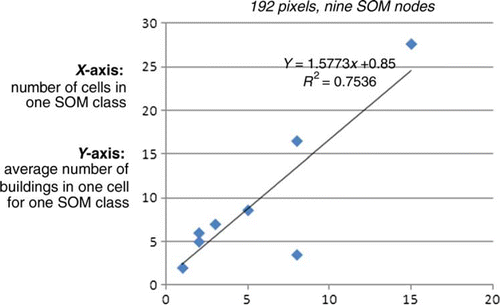Figures & data
Figure 1. Greek town of Pylos, as seen in the 0.6 m spatial resolution optical satellite panchromatic Quickbird image. Digital Globe ©, 2008.
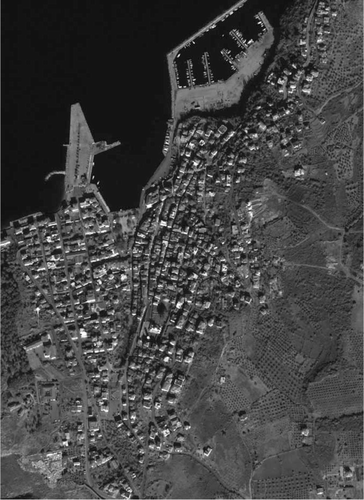
Figure 2. Example of a Gabor filter applied to the panchromatic image of Pylos, Greece. Wavelength: 16 m; orientation: 45°.
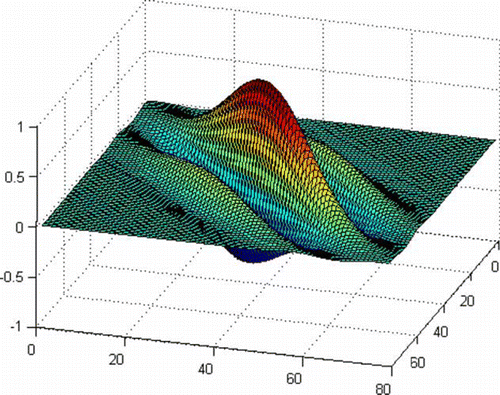
Figure 3. Example of SOM nodes. The size of the colour-coded circles corresponds to the number of cells that have been assigned to that node. Left: SOM with nine nodes; right: SOM with 49 nodes.
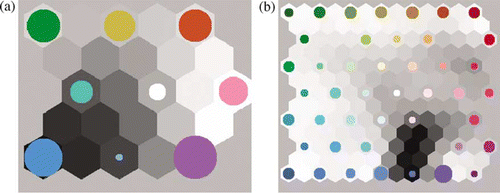
Figure 4. Segmentation results. Each cell is coloured according to the allocated cluster ID, and there is no correlation between the cells with the same colours across the different results. The numbers in the grid cells are the cluster IDs allocated to each cell.
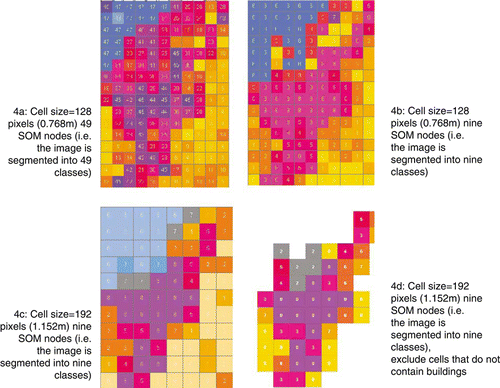
Figure 6. Example of the structure type distribution extracted from the field data for the cells that have been assigned to the same class. From the top, in clockwise order: distribution of buildings in cluster ID 0, 6 and 3, using the results from the grid cell size of 192×192 pixels and nine SOM nodes, excluding the cells that do not contain any buildings. The numbers on the x-axis show the unique cell ID given to each cell in the image.
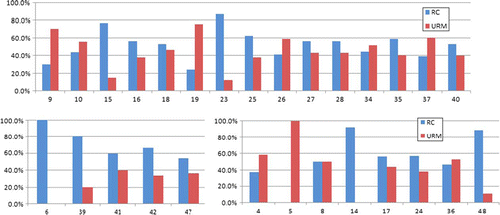
Figure 7. The strong linear relationship observed between the average number of buildings in the cells assigned to the same cluster and the number of cells assigned to one cluster.
